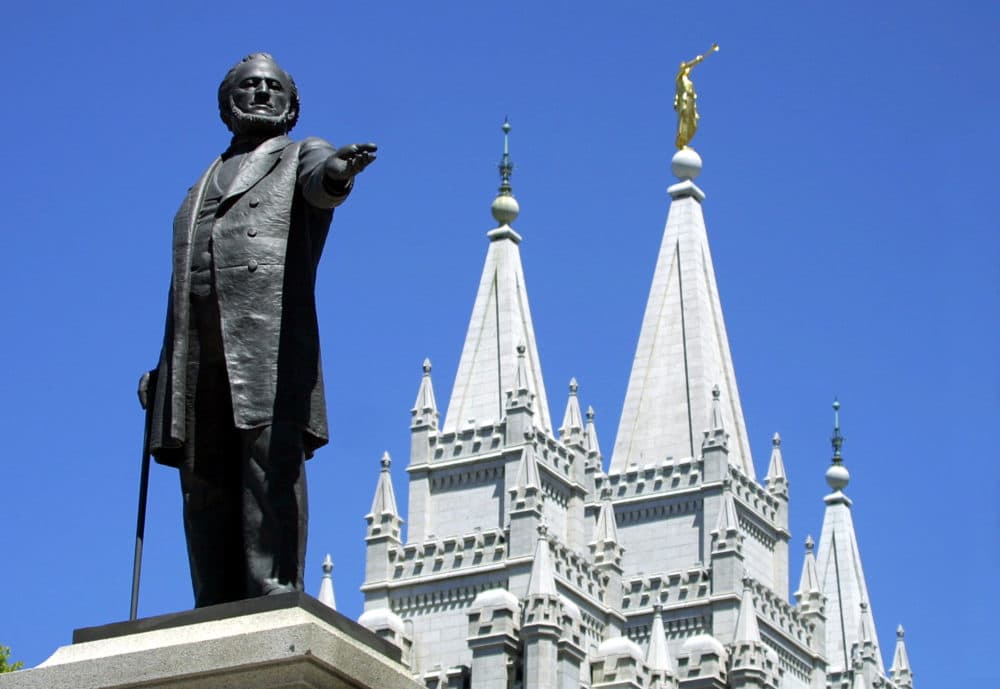The Church of Jesus Christ of Latter-Day Saints (often referred to by its name as the Mormon Church) has a lengthy history of race relations. This is particularly relevant to Blacks within Mormonism. This article provides an objective and factual review of the treatment given to Blacks in the Mormon Church. It explains the policies that were implemented and how the Church was able to change its position to decry old beliefs and practices linked to racism.
Blacks in Mormonism – Historical Overview
From 1852 until 1978 the Mormon Church issued a decree that prohibited blacks in Mormonism from being ordained priests. The policy was based on the scriptures’ interpretations and popular racial beliefs of the day. Black people were not permitted certain Church rituals, rites and duties which led to a segregated Mormon community. It is important to recognize that this discriminatory act wasn’t unique to Mormonism; rather, it represented the widespread prejudices racial that were prevalent in American society in the era of.

Mormon Black Peoples and the 1978 Revelation
1978 was an important turning point in the Mormonism’s history. Spencer W. Kimball was the church’s president at the time and was given a “divine revelation” concerning the exclusion from the priesthood of Black people. The revelation was considered to be an event of significance that lifted a policy in place for more than 100 years. The Church of Jesus Christ of Latter-Day Saints declared that blacks are now priests and participate in the Church’s activities in all areas.
Today, the Church is against discrimination against people of color, and invites anyone, regardless of their race, to accept Jesus Christ. The doctrine of today affirms the equality of all people by stating that God loves everyone, regardless of race, gender or social class. For more information, click Mormons and Black People
Joseph Smith’s Fair Treatment of Black Individuals
Joseph Smith, the founder of the Mormon Church, treated Black people with respect, despite the discrimination that was prevalent at the time. Joseph Smith is known to have conferred Black people with the priesthood during his lifetime. Smith’s beliefs of equality and inclusion within the Church were reflected in this ceremony. The subsequent leaders, however, implemented policies that restricted Priests of African descent from becoming priests in a sign of changing attitudes towards race during the middle of the 19th century.
Racism in America: A Call to Action
The Church of Jesus Christ of Latter-Day Saints has taken significant actions to fight racism and foster unity among its members. The Church leadership has released statements that disavow historical racial practices and beliefs. The church’s leadership has released statements condemning past racism and racial practices.
The Church actively promotes understanding, acceptance, and love of its diverse members in a way that affirms the value and worth of every individual. An effort is made to inform members about the importance of inclusivity, cultural sensitivity, and to reject discriminatory beliefs.
The conclusion of the article is:
Understanding the past of Blacks in Mormonism and the Church of Jesus Christ of Latter-Day Saints’ evolution in dealing with issues of race is critical in fostering unity and encouraging equality. This painful policy, which restricted Blacks’ ordination into the priesthood for over 100 years, has been a significant aspect of the Church’s history. In 1978, the announcements concerning the policy were a turning point and signaled a commitment to equality and inclusion.
The current position taken by the Mormon Church opposes racism and recognizes equality. It also promotes unconditional love and respect for every member. In addressing its past racial biases and taking meaningful steps towards improvement, the Church is actively moving forward in a direction that is unified and tolerant in order to ensure that each member feels loved and respected in the Mormon community.